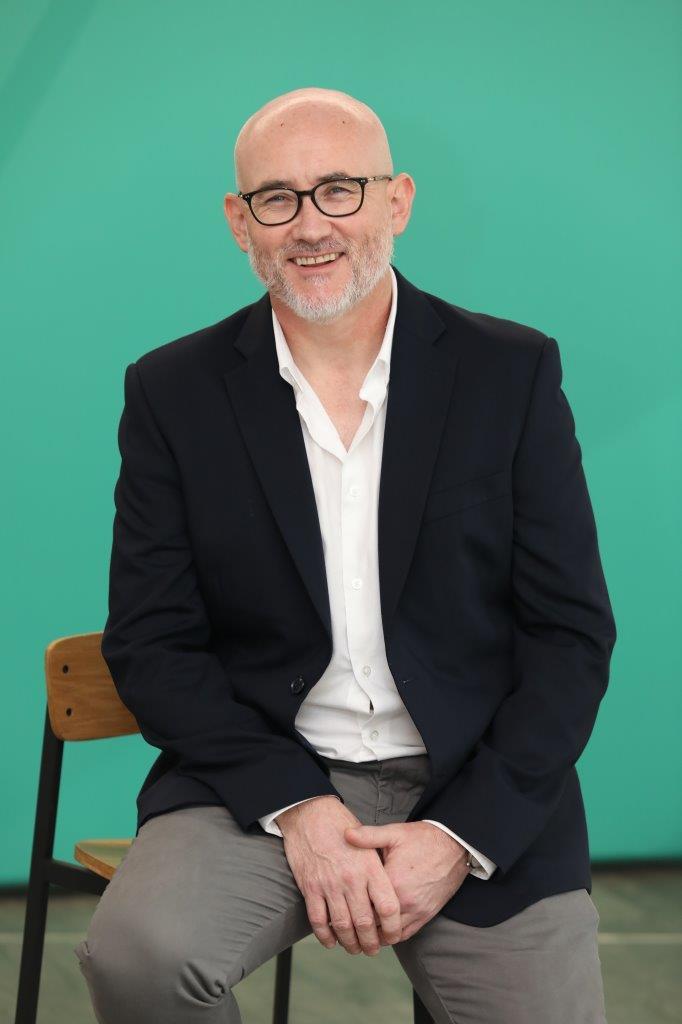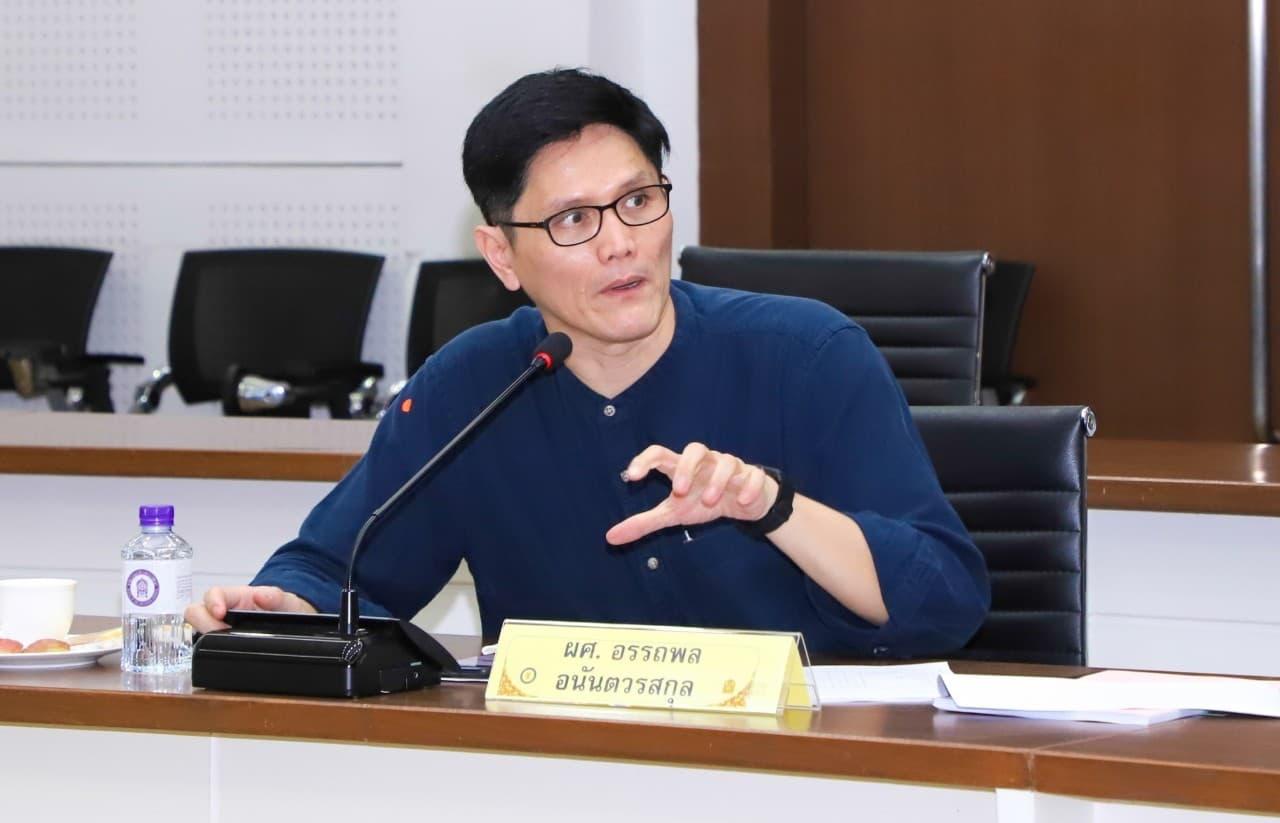As we move into the sixth month of Covid-19, it has become crystal clear that the pandemic has exposed cracks in the systems we live in, from healthcare to business and the economy, and now all eyes are on education.
Classrooms in every corner of the world have been disrupted, affecting 1.2 billion students at primary, secondary and tertiary levels. Schools in at least 150 countries have been closed to avoid further spread of the virus, according to the data from the United Nations Educational, Scientific and Cultural Organization (Unesco).
"What we have seen is a very fragile school system that has been impacted significantly in such a short time. Almost overnight schools were closed and the world of students, teachers and families was turned upside down in the blink of an eye," said Cameron Fox, founding head of Verso International School in Bangkok.
The pandemic has forced schools to be more agile and responsive. Thanks to innovative ideas and the creative skills of teachers seeking to make the transition to remote learning as comfortable as possible in a short time, some schools have been quite successful, he said. But a number of others have struggled.
Concern is growing about the impact of a protracted school shutdown on children's development. And even when teaching in physical classrooms returns, distancing requirements and other changes will be a severe challenges. It will take dramatic and transformative changes and a lot of creative actions from educators and policy makers to keep learning on track.
Various sizes of screens have become the new blackboards for many students and educators around the world. Millions are logging on to online platforms such as Zoom, Google Classroom and Google Hangouts to ensure continuity and prevent a learning deficit. But the experience is far from satisfying for many.
To create an effective remote learning experience, educators need to do things differently, as they cannot simply replicate normal school days in a virtual classroom. Project-based learning is one approach to create a powerful and helpful remote learning experience, Mr Fox suggested, as it can help students develop a sense of independence and self-direction.
Despite the independence the approach promotes, "I also think it's important to maintain the sense of connection and humanness of school", Mr Fox told Asia Focus. Teachers can engage students through community check-in and advisory groups to ensure emotional well-being.
"Sometimes we forget how important it is to make kids feel not isolated and not all alone," he added.
In the locked-down world, educators have had to reach out not only to students but also to parents, a lot of whom now have to wear a teacher's hat at home. Educators need to give parents management guidelines for their children that is achievable and not overtaxing them.
Governments and businesses including telecommunication operators have also been cobbling together new platforms to ensure that schooling can continue even if classrooms are closed.
In mid-February, the Chinese government launched a national cloud learning platform for junior and high school students. Classes for primary and secondary school students were broadcast on the education channel of the state television network CCTV.
BYJU's, an Indian educational technology company featured on a Distance Learning Solution list released by Unesco, reported a 200% surge or 6 million new students using its Think and Learn application, after it announced free access to courses on the platform.
Lark, a Singapore-based collaboration suite owned by the TikTok parent ByteDance, is also on the Unesco list. It is billed as a collaboration platform that offers educators and learners unlimited live-video communication, auto-translation, real-time working on projects, smart calendars and cloud storage.

Cameron Fox, founding head of Verso International School in Bangkok SUPPLIED
INEQUALITY EXPOSED
While the arrival of innovative online-based solutions is encouraging, there are also inherent challenges with technology, noted Mr Fox, as not all students have equal access to technology.
Data from Unesco shows that 826 million students -- half of the total number of learners kept out of the classroom by Covid-19 -- do not have a household computer, and 43% or 706 million don't have access to the internet.
Thailand's Ministry of Education has been grappling with access challenges after pushing back the scheduled May opening of the new school year to July 1. It has been using online and distance learning television (DLTV) to prepare students before schools open again. But results have been uneven.
A picture of a grandmother asking where she could buy a smartphone for 2,000 baht for her grandson, and a video of two teachers buying milk and worksheets for a student who lives in a mountainous area with no electricity or television went viral on social media after the government urged students to study online and via DLTV.
The DLTV content also drew criticism when it was aired nationwide because it was filmed years ago with outdated and misspelled information.
"What we've seen is not real online or remote learning, it's just a temporary fix," said Assistant Prof Athapol Anunthavorasakul, a director of the Research and Development Center on Education for Sustainable Development (ESD) in the Faculty of Education at Chulalongkorn University.
Teachers were not well-prepared to teach online, while some students lacked access at home, he pointed out. "Even in private or large high schools, there are always 'students in the shadows' who don't have access to resources like their peers."
More investment in education is seriously needed since the crisis has put vulnerable students at high risk of dropping out of school, in his view. "If students cannot continue their learning, not only they but society will bear the consequences," he said, whether in the form of increased poverty and inequality or diminished human capital.
"Educational inequality and social inequality must be solved simultaneously," he said.

EMPOWERING TEACHERS
"A school with a strong organisational culture is the one that will make it through the crisis," said Assistant Prof Athapol, pointing out that a good school culture requires quality teaching and academic standards together with open-minded support from the administration.
In Thailand's heavily centralised educational system, however, schools are administered by different government agencies based on top-down orders passed down to school administrators, then to educators and students. These practices are associated with a "culture of fear", he said.
In the wake of Covid-19, many schools didn't know what to do and where to start without orders from Bangkok because they were afraid of crossing the line. They have since been allowed to decide on their own what teaching practices will be used in the classroom.
However, a system burdened with pointless tasks and reports required by central authorities has created a lack of teacher autonomy -- the ability to decide what to teach and how to teach in the classroom, said Assistant Prof Athapol.
"Educators cannot continue to teach in a culture of fear," he said. "A new teaching culture must be built.
"This is an opportunity to think about what we haven't done", he said, because at the end of the day it's not about the technology but how educators design the learning. It has been proven that teachers with greater autonomy play an important role in identifying and exploring what teaching practices are right for their students.
Mr Fox agrees, saying that pioneering teachers with good ideas need support and encouragement because it would allow students to flourish afterwards. "Have the confidence to say let's try it and learn from it and not to be afraid of it, that's where change will happen."

Thai teachers need more autonomy, not the "culture of fear" that exists now, says Assistant Prof Athapol Anunthavorasakul of the Faculty of Education, Chulalongkorn University. SUPPLIED
FUTURE SCHOOLS
"It has been a very surreal time for kids," said Mr Fox, whose school will officially welcome students for the first time on Aug 17. The prolonged break has made it even clearer how important school is.
"The value of school has increased" and the purpose of school -- to learn, socialise and build relationships -- has become stronger, he added.
However, the challenges of reopening are numerous, with implications for use of school space and educational approaches in the long run.
In China, Japan and Taiwan, where schools have reopened as infection cases declined, new guidelines are in place to ensure the safety of teachers and students as well as school operations. Students are required to wear face masks, and undergone temperature checks before entering school buildings, desks in classrooms are spaced at least two metres apart, and playgrounds are closed.
Changes to the way children interact in physical space will require a rethink of some activities. Physical education teachers will need to consider what kind of sports can be played, for example.
Large public schools will face greater physical tasks than medium and smaller ones since the student-teacher ratio in classrooms is higher. "The smaller the class size is, the greater the chance it can fully reopen," said Assistant Prof Athapol, adding that schools will need to limit the number of students per room to meet the new guidance.
Mr Fox said an entirely new approach might begin to emerge.
"There might be a hybrid model of schools in the future where kids don't have to come in every day and the physical classroom isn't where instruction is delivered, but a place for kids to work, create and share work in a collaborative setting, but at the same time they will learn how to use technology to learn remotely," he said.
"Schools are designed to deliver a curriculum and an experience that hasn't changed for the last 100 years," he pointed out. "If we continue down that road then we're not preparing kids for a future." In that regard, "a shift away from standardised education" is coming.
Many educators are now turning to a competency-based curriculum that is learner-centred and personalised with a focus on skills, knowledge and attitudes that are relevant to each student's passions and interests, and with application to everyday situations.
The curricula are designed based on a set of key skills that can be cross-curricular and interdisciplinary. "Core competences are literacy, computational thinking and reasoning," said Assist Prof Athapol, while other generic competences could include digital and media literacy, innovative thinking and creativity.
Design thinking, which also has a human-centred core, is also suitable for use in the classroom. It is "a methodology to be able to look at challenges in a creative way" and at the same time "tap into empathy, to listen to people and understand the challenges and solve problems in creative ways", explained Mr Fox.
In a crisis when solutions are needed, or in the future world where everything is interconnected and specialisations will have to be blended, creativity will become an "essential skill", he added.